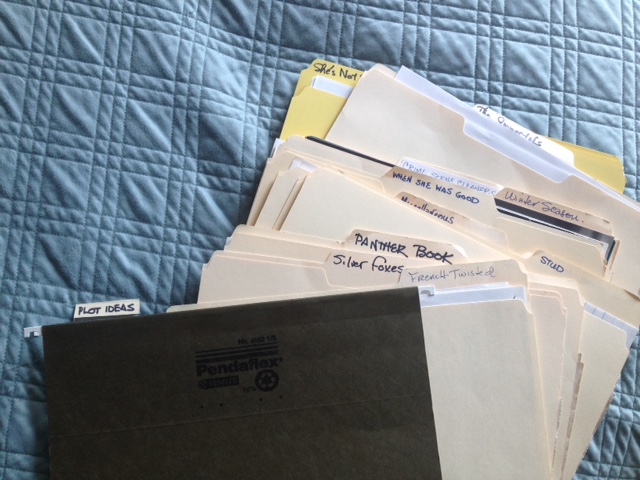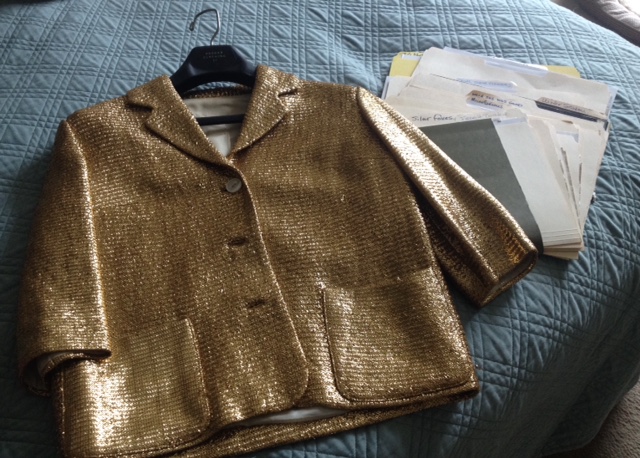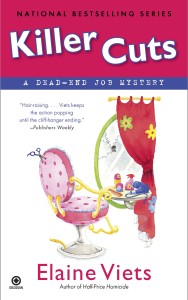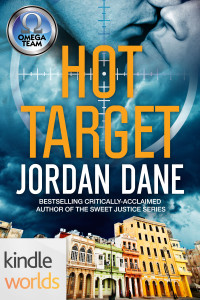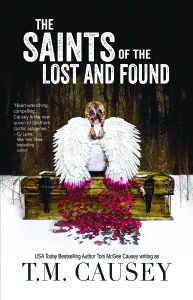How many books do you write a year? – To keep your work in front of readers, it’s advantageous to have a new offering every 90 days. Gone are the days when 1 to 2 books a year keeps an author in the public eye, not with all the competition issuing teasers, serials, advance chapters, etc. That’s a lot of writing between bouts of promotion.
But don’t let the competition overwhelm you. New offerings could be boxed sets of your previously released material, or a remake of a previously released novel where you have received your rights back, or it could be a shorter length work like a novella that you can write between projects. Allow me to make a case for writing novellas and see if some of these ideas fit your annual goals.
The Versatile Novella:
1.) GEN BUZZ – You can create buzz about an upcoming novel by utilizing a short back story for the main character featured in your new series. A discounted or free teaser is a great way to entice new readers to try your books. (Word of Caution – If you plan on submitting your new series for traditional publication, a shorter serialization of your idea may be objectionable to a publisher. They could feel the material has already been exposed to readers.)
2.) ENHANCE CASH FLOW – Novellas can generate cash flow between longer projects.
3.) CHARACTER FOCUS – Novellas can be used to feature the main character in unique clever scenarios or if your readership finds your secondary characters interesting, you could feature them in shorter offerings. For example, I have always wanted to know how Elvis Cole and Joe Pike met in Robert Crais’s PI series. Crais has fielded this question many times from readers. A short story could be a huge revenue generator and a gift to his legions of fans.
4.) ADVANCE TEASERS – Have you noticed how many big named authors release the first 10 chapters or so for a new novel coming out shortly? This lure can also serve as promotion of the series or novel and be a part of the new material offering every 90 days.
5.) WRITING TIME FILLER – A novella can be a writing time filler (between contracts) if you are traditionally published. I dislike sitting around while my agent pitches my proposals. I can keep working while I wait and it’s a good distraction. Any novella I write could be new material for something to explore as a new series. (Word of caution – If you plan on using characters from a series under a published contract where you don’t have the copyrights back yet, be sure to read your terms to determine if you’re allowed to write a shorter length story with your original characters. Your sub-rights clause and other provisions may not allow you to do that.)
6.) DISCOUNTED PRICES – Some readers today have less time for reading (so shorter is better) and/or they may have budget concerns with all the books they read in a year. A shorter story line, priced at a discount, might be what they are looking for. Amazon Kindle Worlds were created to be along the lines of fan fiction, but with more polish and better covers. Amazon sets the pricing, depending on length, but most of their novellas are 25,000 words priced at $1.99. An avid reader can buy a whole series easily.
Challenges of Writing a Shorter Story:
I have always been a novel writer. I never started out on shorter material, thinking it would be easier to write, as some people might believe. In my mind, a shorter story is more challenging. It’s only been this year that I’ve written shorter stories for Amazon Kindle Worlds. (See my OMEGA TEAM series at this LINK priced at $1.99 ebook) My novellas have been 25,000-30,000 words, at my option. That length forced me to change how I write, but I didn’t want my readers to feel that I’ve short-changed their reading experience because my voice or style has been stripped down.
Personal Challenges:
1.) Plots must be simpler – This has taken some new thinking and conceiving of plots in advance while I’m planning my story. More intense story lines with complex layers have to be shed in order to peel back to the essence of a story.
2.) Minimize subplots – Subplots can still be done, but they are more of a challenge, so I try to limit the way I think out a story.The subplot must be integral to the overall story and enhance the pace or suspense.
3.) Setting descriptions and prose must be simplified – Getting straight to the bare emotional elements of a scene or a story will stick with readers and provide them with a solid reading experience, without making them feel that the writing is too sparse. I must be truly selective on what images I choose and the wording I use to create the most impact.
4.) Novellas are like screenplays – My shorter stories are more like screenplays with a focus on dialogue and major plots movements, less on back story and lengthy internal monologue.
5.) Novellas are like the visuals of film – I like this aspect. Give the reader a visual experience as if they are watching a movie. The scenes must have memorable images to tap into their minds quicker, using fewer words to do it.
FOR DISCUSSION:
1.) What do you see as personal challenges to writing a shorter story? Is it easier for you to write a novel?
2.) How many books or projects do you write a year? How do you manage your between projects time?
Bestselling, critically-acclaimed author Jordan Dane’s gritty thrillers are ripped from the headlines with vivid settings, intrigue, and dark humor. Publishers Weekly compared her intense novels to Lisa Jackson, Lisa Gardner, and Tami Hoag, naming her debut novel NO ONE HEARD HER SCREAM as Best Books of 2008. She also pens young-adult novels for Harlequin Teen. Formerly an energy sales manager, she now writes full time. Jordan shares her Texas residence with two lucky rescue dogs.




